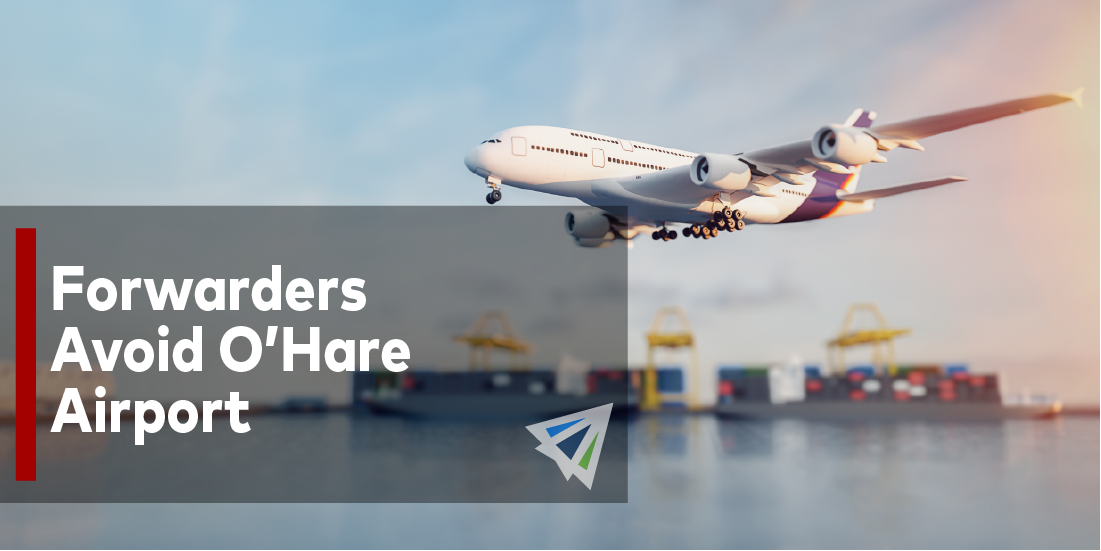In recent months, the congestion that has always plagued O’Hare airport to some extent went from bad to worse for a variety of reasons. Reports from port workers, truckers, and carriers have indicated the port is so incredibly congested that they are being forced to look outside the port grounds in surrounding areas for warehousing to store cargo.
The problems of congestion at O’Hare airport largely stem from a couple large-scale problems. There’s been a massive lack of passenger aircraft activity, forcing TSA Known Shippers to reallocate air cargo to cargo aircrafts amidst growing e-commerce activity globally. Also, several businesses are pushing hard for inventory replenishment as the latter months of 2020 and early months of this year have revealed soaring demand for products.
On top of everything else, the O’Hare Chicago airport is suffering staffing shortages due to the impacts of COVID-19 on port workers, carriers, and others involved in the operation.
All these factors have left air carriers turning down cargo because they simply don’t have room aboard the aircrafts. Pallets are laying around the airport grounds leaving workers to navigate around them since there’s no room in the warehouse floors to hold them.
Growth at O’Hare Airport
Reports have indicated that by weight, cargo volume at the O’Hare airport grew by roughly 15% in 2020 (most likely in the last several months of the year when shipping picked back up,) and cargo aircraft flights increased by over 25%. In other words, the O’Hare airport has been experiencing incredible growth amongst one of the greatest logistical nightmares.
This type of port congestion isn’t unusual at O’Hare. Several of the terminals have outdated technology, limited truck access, and are in dire need of upgrades to handle the increase in air freight over the last several years. But the last year in particular has been especially hard on the port, forcing shippers to look elsewhere for air freight solutions.
In addition to the port congestion and shipment volume increases, carriers and port workers have had trouble re-hiring workers due to generous unemployment benefits and stimulus checks. It continues to impact the port, and several port workers have indicated that in some instances it takes up to a week to sort through cargo that has arrived and get it ready for departure.
Several truckers have reported cases of waiting for several hours for cargo to be brought to the counter only to discover it’s not yet ready for pickup since the ground handler didn’t communicate to the freight forwarder.
In other words, the entire port is a mess right now. There’s not enough flight capacity to fit the cargo demand, passenger aircraft aren’t being utilized to their fullest extent due to the impacts COVID-19 has had on travel, and the airport is short staffed amidst record breaking shipment volume.
Where to Go?
Shippers who are used to shipping to O’Hare airport are now left with the question of what to do with their airfreight. To a certain extent, the influx in shipments and increase in global demand for inventory and products has left all ports affected to some amount. However, there are plenty of airports in surrounding areas that are operating seamlessly.
At this point in time with how fast the market is changing, the best thing you can do is reach out to a freight forwarder to start a conversation. The market updates this week may be different than the news next week and it’s important that your logistics plans rely on the informed updates of a freight forwarder who is actively dealing with air freight.
If you have questions about the congestion at O’Hare airport, or would simply like to ask questions regarding what you can do with your air shipments to prevent delays and where to look, don’t hesitate to reach out to one of our team members. We would be happy to answer any and all of your questions to help your team get your cargo where it needs to go seamlessly.
